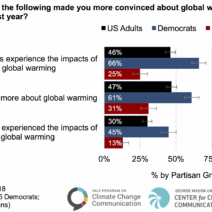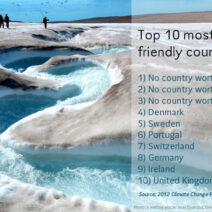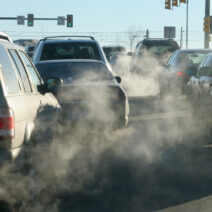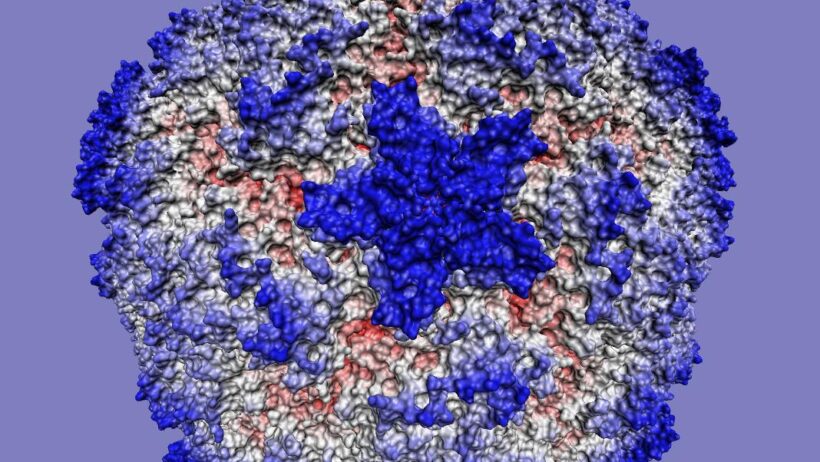Climate change is not merely a distant forecast; it is an ongoing reality that intricately affects various life forms, especially avian species. As the Earth warms, birds are experiencing profound physiological, migratory, and behavioral shifts. These adaptations arise not simply from instinct but from the newfound exigencies imposed by an unforgiving climate. Understanding how global warming alters avian life adds significant depth to the discourse on environmental preservation.
Birds are remarkable in their adaptability and resilience, yet the accelerating pace of climate change threatens to outstrip their capacity for adjustment. The increase in global temperatures influences weather patterns, leading to alterations in habitats and food availability. As temperature extremes shift ecosystems, avian species are forced to modify their behaviors and, in extreme cases, face extinction.
One of the most troubling effects of climate change on avian populations is habitat loss. Coastal birds, for instance, rely on specific habitats, such as wetlands and beaches, which are increasingly threatened by rising sea levels. Saltwater intrusion compromises the quality of their nesting sites. Meanwhile, temperature changes on land can influence forest dynamics, effectively reducing the amount of suitable habitat for many species. The loss of these habitats can be catastrophic, contributing to population declines and increased competition for dwindling resources.
Migration is integral to the life cycle of many birds, which rely on seasonal shifts to guide their journeys. However, warming temperatures have disrupted these age-old patterns. Species that migrate may find themselves arriving at breeding grounds earlier than ever before due to milder winters. This phenomenon can lead to mismatch timing, where birds arrive before food sources are adequately available. Furthermore, some species may be forced to alter their migratory routes entirely, distancing themselves from traditional foraging opportunities and exposing them to new predators.
Adaptability, though a hallmark of avian life, has biological limits. Nesting behavior, for example, is highly sensitive to environmental cues. With the gradual advancement of spring, key timing for nesting has shifted. Birds that fail to adjust may find that their young hatch when food is scarce. This issue underscores the delicate symbiosis between species and their environments. Biologists have observed that many birds are shifting their ranges toward the poles or to higher altitudes, seeking cooler climes. Yet, this migration can have dire consequences, as new geographic areas may lack the resources necessary for survival. The intricate interdependencies of ecosystems become even more pronounced as native species face competition from newly-arrived populations.
The physiological responses of birds to climate change further highlight the repercussions of global warming. A study conducted on various species revealed that even within family groups, individual responses to temperature fluctuations vary significantly. Some birds can acclimatize to warmer temperatures by altering their metabolic rates, whereas others may exhibit increased stress levels, leading to decreased reproductive success. This variability poses questions about survival, particularly as environmental conditions increasingly fluctuate and extremes become the norm.
Feeding behaviors are also being shaped by climate change. In many cases, the availability of insects, seeds, and other food sources is becoming erratic, resulting in food shortages. The interconnectedness of ecosystems means that as specific plants bloom earlier, their pollinators, primarily insects which many birds depend upon for nourishment, may not align with these changes. Moreover, altered precipitation patterns can lead to poor harvests of the very seeds that many ground-feeding avian species rely on. Such disruptions threaten the energetic reserves that birds need for migration and reproduction.
Global warming also exerts pressure through disease. As temperatures rise, the range of many pathogens expands, introducing new health threats to birds that may not have previously faced them. For example, higher temperatures can support populations of parasites and disease vectors while facilitating the spread of avian diseases. The consequences can be devastating, leading to mortality events that not only affect individual species but also disrupt broader ecosystem health.
Creating a sustainable future for birds amidst the challenges posed by climate change necessitates proactive measures. Conservation strategies must evolve to accommodate shifting migratory patterns and altered habitats. Preserving, restoring, and creating diverse habitats will be essential in combating the effects of climate change. Additionally, understanding the intricate relationships between species and ecosystems should guide policies focused on preserving biodiversity.
Furthermore, community engagement plays a pivotal role in avian conservation. By fostering awareness and promoting citizen science initiatives, individuals can actively participate in monitoring bird populations and habitats. Educating the public on the effects of climate change on birds not only empowers local action but also fosters a collective responsibility toward environmental stewardship.
In conclusion, as the planet warms, birds are indeed feeling the heat. Their intricate lives are molded by shifting climates, with profound implications for their survival and, consequently, for our ecological systems. While challenges abound, it is imperative to recognize the resilience of avian species and to champion the initiatives needed to protect them. The promise of a more sustainable future hinges upon our willingness to adapt and act in the face of climatic adversity. Through understanding and collaborative efforts, it is possible to ensure that birds continue to thrive in an ever-changing world.








